Not every owner of the household plot has enough time and strength to sow grass and grow the lawn in his yard, and then regularly care for him. But even under such conditions, you can boast an ideal lawn, which will give you the maximum aesthetic pleasure and comfort and minimum concerns. We are talking about the use of artificial grass.
And although, the initial costs of buying rolled artificial grass will be higher than on the purchase of seeds - after 2-3 years, your investments will pay off (after all, natural grass requires watering costs, haircut, fertilizer and pesticide treatment). In addition, high-quality artificial lawn can serve you for a long time - about 15 years, and cheaper samples - 3-5 years. You can also save you if you make the laying of an artificial lawn with your own hands without the help of specialists. It is quite simple and does not require special skills.
Content
Where artificial lawn is used more often
- Landscaping of the household: artificial grass can be alternating with natural plants - it all depends on the design project and your preferences. You can unwell an artificial lawn around trees, swimming pools or arbors. It will not be difficult for landscaping steep slopes - fixed with nails, the lawn will reliably hold. At the cottage, the artificial lawn will become a real salvation in shadow areas where it is almost impossible to grow natural grass.
- Children's playgrounds: Soft and safe coating will create a comfortable environment for playing and leisure kids.
- Sports platforms, both amateur and professional games.
- Registration of balconies, veranda, summer terraces of houses, cafes, restaurants and studios.
- Design of residential premises. You can think over the interior of your house so that it remains a place for a small green lawn, for sure, it will become a favorite holiday destination for households.
- Design of exhibition stands, internal interiors of cafes, shops, shopping centers.
Advantages of artificial lawn
- Artificial lawn is much more faster than a natural rolled lawn. For this, special skills or techniques will not need - you will need only to handle joints.
- High-quality artificial grass is so similar to this thing that your guests are neither-touch, nor to the touch do not recognize synthetic material.
- Artificial lawn does not need regular haircut, watering and feeding. Actually, it almost does not need care.
- You can use both outdoors and the veranda and even indoors.
- There are no harmful chemical components in the material - your lawn will be completely environmentally friendly.
- The grass will always look good and even with time will not lose the form: you can safely walk on it, play sports games or arrange on the lawn Tops for recreation.
- Artificial grass is not \\ attractive for different types of insects, so the lawn from your home will not need to be treated with special chemicals.
- Lawn will retain his rich color over long years.
- If necessary, an artificial lawn can be rebuilt to another place, as you can do it with a regular carpet.
- Artificial grass is created so that rainwater (subject to proper mounting on the street) easily penetrates into the ground and does not stir.
- Height, density and shade of your lawn you can choose at your discretion at the time of purchase.
- Artificial lawn meets all fire safety standards. Glowing coal or cigarette can damage it, but the fire will not turn around.
- Some types of artificial lawn (for example, from polyethylene) withstand the temperature from +50 to -50 degrees.
Types of artificial grass for appointment
An artificial lawn is created from polymers or plastics. The layer consists of an elastic substrate, filler and directly stems of grass, which are embedded in the base.
Before choosing an artificial lawn, decide on the function of the site that will be covered. You can find an artificial lawn of several species. They are distinguished, first of all, their strength, as well as dense, long and soft pile.
- Unswake lawn. This is an artificial grass designed to decorate the landscape. It has improved aesthetic and tactile characteristics: it is impossible to distinguish it from a natural lawn even to the touch. However, the material only performs the decorative function: if it goes on it, it will quickly lose its qualities.
- Half-ray lawn. The grass is made of special elastic polyethylene. This type of coating is ideal for the country lawn, playground and interior design. The grass is very beautiful, soft and very functional - withstands constant walking on it. On this lawn, it will be nice to relax on a warm summer day or play the ball with a child. During the installation of such a coating, it is possible to abandon the use of rubble, which greatly simplifies and reduces the cost of creating a lawn on the household plot, and also allows you to apply it indoors.
- Faucet lawn. Artificial lawn for sports games is made of polypropylene. It may not be as beautiful as a lawn for decorating landscapes and premises, however complies with the requirements of strength and increased wear-resistance. The pile of artificial lawn for sports is more dense, and most importantly, tougher. When installing such a coating, an additional lower layer of rubber crumb is used, as well as crushed stone. The strength of the coating will allow any sporting meetings on it: golf, football, rugby, hockey on the grass. Another plus equipped with artificial grass of sports fields will become what they do not slide, even if you decide to spend the game immediately after the rain.
The most popular color of artificial lawn is of course green. Manufacturers represent the grass to the market of different shades, but the most natural look has a coating painted simultaneously by several shades of green. Especially for mounting on tennis sites there is a lawn of red or brown. For soccer fields, a white and yellow lawn is produced - it is used to create a marking of the playground.
How to lay an artificial rolled lawn: detailed instructions
- First of all, plan a platform, calculate the required number of square meters of lawn and make a drawing of its laying.
- You can mount grass as a solid base (concrete or asphalt) and the soil, with sand and gravel.
- Soil preparation:
- exactly remove the top layer of the soil (about 5-8 cm);
- that the edges of the site are not tremended, they should be strengthened with a wooden slaughter;
- put a geotextile with a thickness of 0.8-11 cm to the surface of the soil (this is a water permeable material that will prevent base drawdown);
- pour a small crushed stone, evenly distribute it with robbles and compact (this layer can not be used if you make a lawn on a household site designed to relax your family);
- pour a layer of coarse sand and compact it;
- align the entire surface of the base (for this you can use a manual roller);
- mount the second layer of geotextile by fixing it with nails (150 mm).
- Roll off the rolls of artificial lawn according to your drawing and give the material to fly from 3 to 10 hours. It is necessary that the lawn straightened after staying in the rolled state.
- While the lawn is searched, cut the edges of the material on which there is no pile.
- If you need to poison several rolls of artificial lawn, then first put the rolls with an overlap at 15 mm, and then fill them a little, so as to achieve the coincidence of the joints.
- Before proceeding with gluing, make sure that the material is laid smoothly and all parts of the lawn are tightly adjacent to each other.
- Slit fragments of artificial grass with a connecting web (width 250 - 300 mm) and a special two-component glue. To calculate the required amount of glue, consider that by 1 mongon meter of the canvas, it is necessary about 500 g of glue.
- remove the edges of the lawn so that it is possible to smoothly decompose the connecting (suture) tape;
- the junction of two parts of the lawn should be in the middle of the tape;
- apply glue on the tape (usually done with a spatula);
- do not make the layer of adhesive too thick so that it is subsequently not soaked out;
- avoid hitting glue to the pile of grass;
- lower the edges of the canvase and press them to the tape;
- for better gluing, it is preferable to handle the joints of the joints with a manual rink.
- If you mount a coating for the playground, then after gluing the main seams, go to the markings of the markup (for this use the insertion of the artificial lawn of another color).
- rush strips 10 cm wide in a lawn canvas;
- remove trimming;
- cut the lawn cloth of another color on the smooth stripes 10 cm wide;
- make the connecting tape and apply glue, as you did when gluing the jets of the turntables;
- spread the markup line and press it to the tape;
- watch the glue on the pile of grass;
- treat gluing places with manual rink.
- If you are placing an artificial grass on the household plot, cut the lawn so that it matches the shape of the lawn, if necessary, create slots for future flower beds and other things.
- On the perimeter of the lawn, secure it with nails (150mm). Drive nails at a distance of 20 - 30 cm from each other. To do this, push the pile so that the nail hat is pressed to the substrate. And then align the pile to hide nail caps.
- The edges of the lawn can be decorated with plinths or burgunds if necessary.
- After your lawn is laid down - proceed to the final stage of installation - sanding with sand. For this, large quartz sand is used (fraction 0.3 - 0. 6 mm). The amount of the required material will depend on the area and the type of artificial grass.
- failure to sand is carried out only in dry weather;
- equally distribute the sand along the surface of an artificial lawn;
- take the lawn so that the sand asking inside.
How to care for an artificial lawn
Proper care for artificial grass will extend the time of its operation for years. You will not need any special tools for this. Actually, as it does not take much time.
- Remove the fallen leaves with a coverage with the help of light robber. In the autumn period, try cleaning regularly to preserve the quality of the lawn.
- Weeds through artificial lawn make their way extremely rarely: geotextiles prevents growth. However, if the weed is still a sprouter, then simply remove it as you would do it on the usual lawn.
- Once every 1-2 weeks, comb the lawn with a brush to evenly distribute the flowing coating and raise the pile of artificial grass.
- Once every six months - a year replenish a falling coating - this will avoid the wear of the lawn.
- Do not go through an artificial lawn in a dirty shoe with the residues of raw land or natural grass.
- If contaminants appeared on the lawn, they can be removed manually or using water pressure.
- There are special vacuum cleaners for cleaning foliage from lawn. If the budget allows you to purchase a similar device - it will greatly facilitate the process of care for an artificial lawn.
- Remember that smoldering coal or cigarette can damage the coating.
- Do not go on the lawn in sneakers with spikes.
- Avoid getting on the artificial grass of chewing gum: it will be difficult to remove it.
- Do not remove the snow and ice from the lawn: in the frosty days the pile of grass hardens and it is easy to damage. Wait for the plus temperature for cleaning.
If nevertheless there was damage to the coating - do not despair. A damaged fragment can be cut and replaced it new. At the same time, perform all the necessary instructions for laying an artificial lawn.

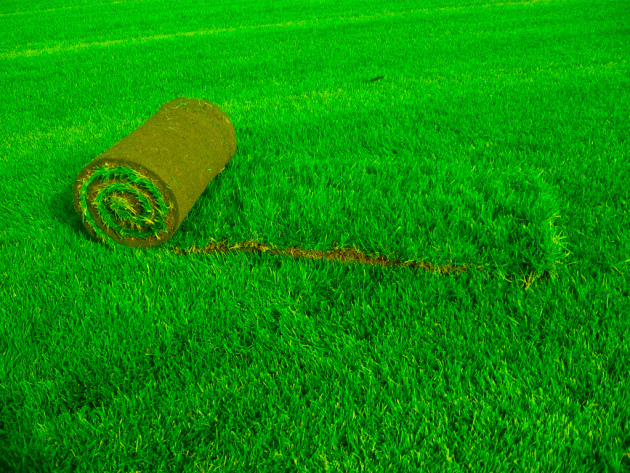
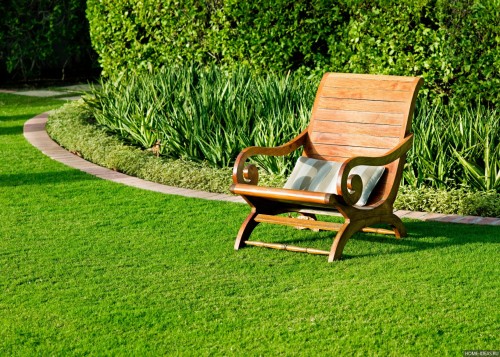
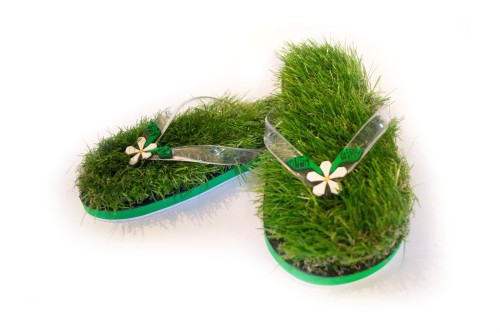
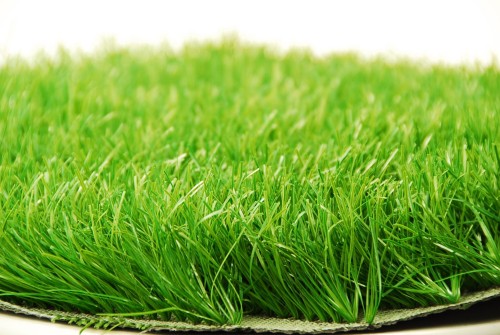
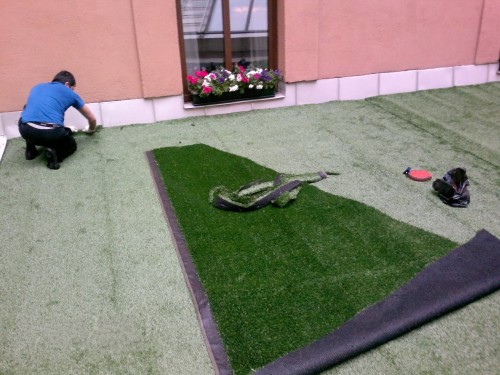
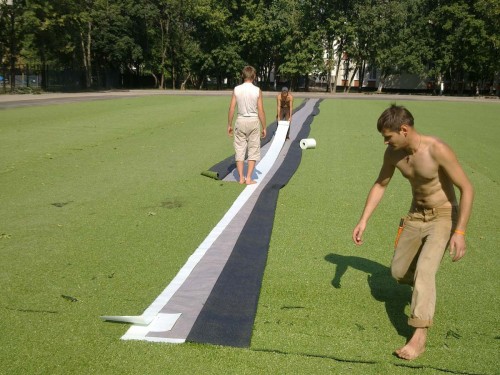
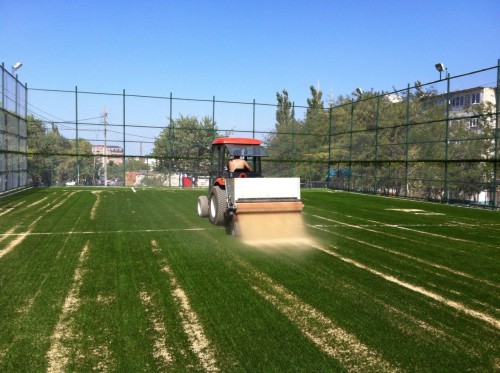
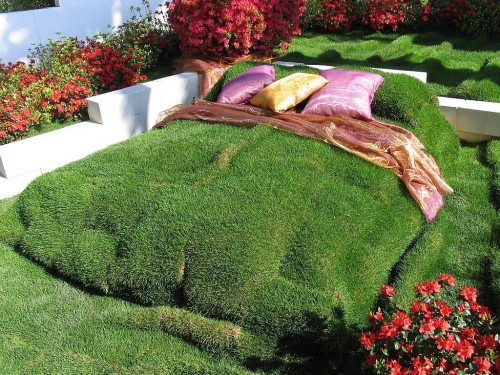
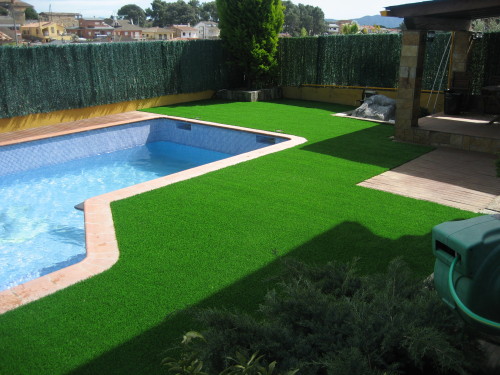
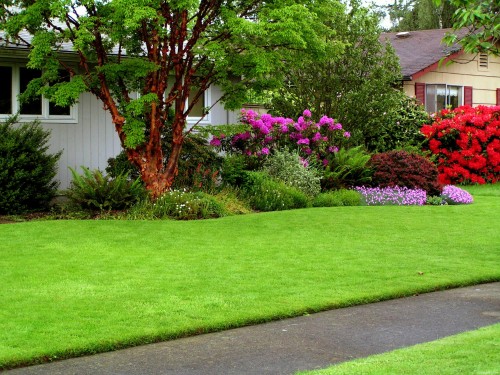
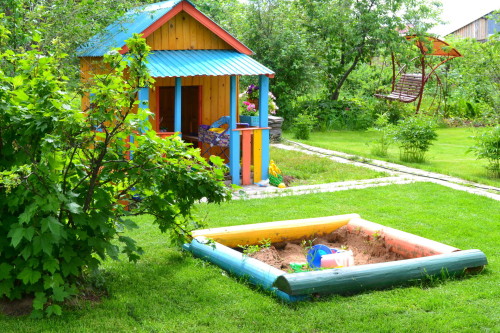
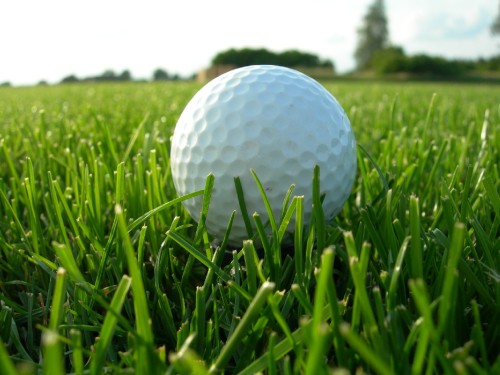
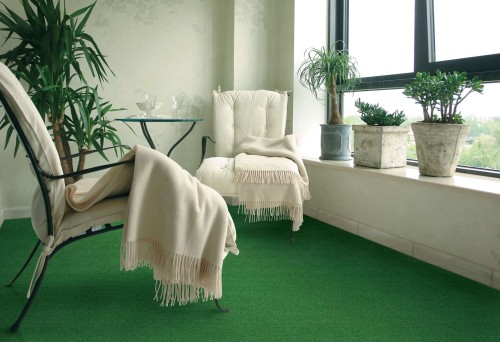
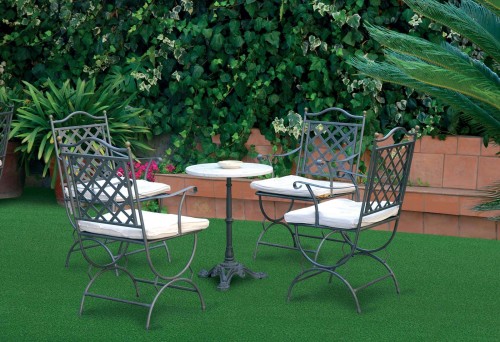
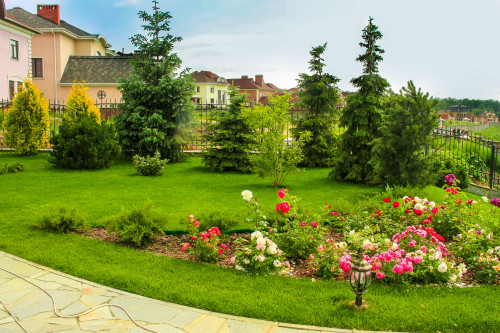





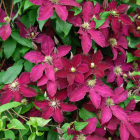

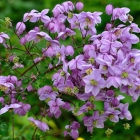
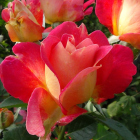
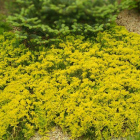

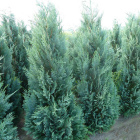
 Start a discussion ...
Start a discussion ...